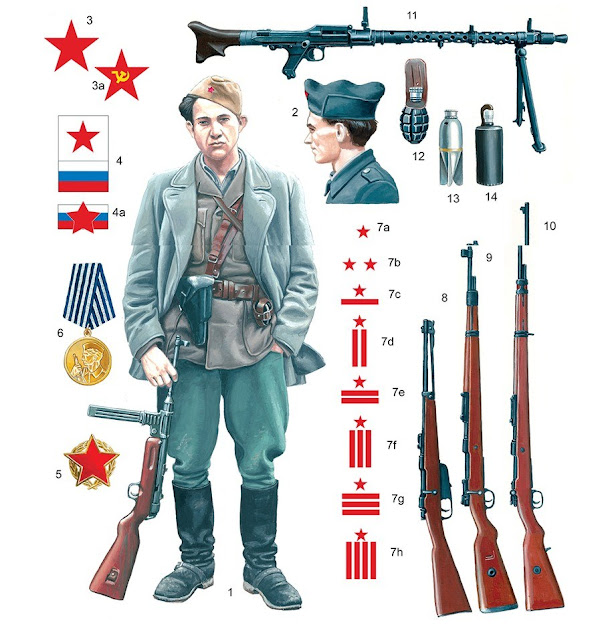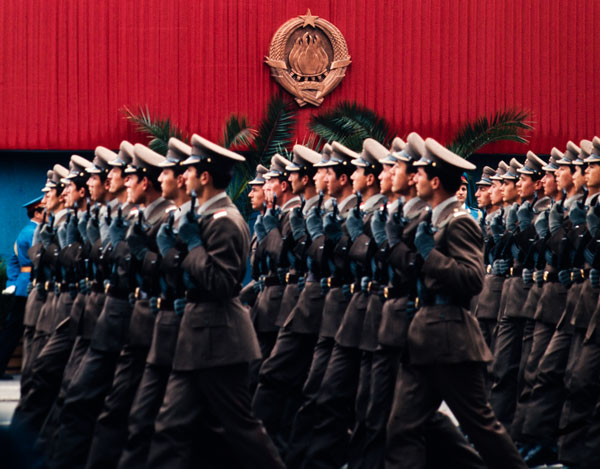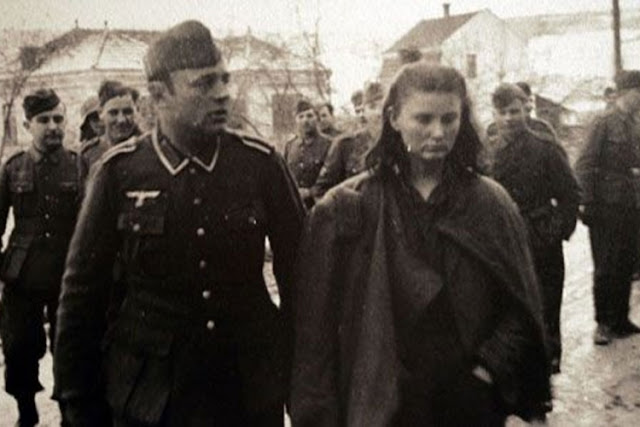Yugoslav tank M-91 Vihor
 |
| Croatian M-91 Vihor |
In the 1980s, the military industry of the former Yugoslavia was at its peak. Contemporary trends in the development of new weapons have been closely monitored. Probably the greatest success in those years was winning the license production of tank M-84. After several series of basic models, it goes over to produce an improved version of the M-84A. However, on January 4, 1984, at the General Military Council, the OMJ "New Homeland Tank" was adopted, which was the first step in the design and production of the future Vihor tank. On December 27, 1987, the same council adopted a program for the realization of the NDT (A new Domestic Tank), which was later named Vihor. For the project manager, prof. dr. Milorad Dragojevic, who was the founder and longtime chief of the Department for combat and non-combat vehicles, the head of the adoption of the production of tanks M-84 and M-84A.
 |
| M-91 Vihor Yugoslav tank |
The adopted plan foresaw that the prototype and its tests were completed by 1991, the prototype party produced until 1993, and the final testing and decision making on serial production ended until 1994. Serial production should have risen from 1995. By 2012, the first 15 vehicles should be produced, with a production speed of 100 vehicles a year.
 |
| In parallel, the silhouette of the Leopard-2 (red) and tank Vihor (gray) |
Tank Vihor should have differed 75% from T-72M and 60% from M-84. The project was on the right track and until the breakdown of development, most of the required characteristics were achieved or even exceeded. The most significant difference compared to the M-84 was the new design of the armored body and turret with an increased degree of protection, a much stronger engine. Vihor should have 44t and can be said to have visually differed significantly from the T-72 tank family.
 |
| Parallel to the silhouette of the M1A1 Abrams (Red) and Tank Vihor (blue) |
Firepower new tank was significantly increased. The main gun was 2A46 borrowed from the Tank M-84, but with the new technology of making tubes and new types of ammunition. The new Vihor tank should only have two types of ammunition in the combat kit of 40 bullets.
The electronics used in the M-90 Vihor are also an improvement over the M-84, with a thermal imaging system, laser rangefinder, and a digital ballistics computer as standard equipment. The hunter-killer capability via the TC's periscope was also claimed.
The armor appears to be similar to the composite type used in the M-84 and is known to contain a layer of nonmetallic material. Provisions for ERA are built into both the hull and the turret. Given the outfitting of the earlier M-84, it is very likely that the M-90 was equipped with spall liners and an automatic carbon dioxide fire suppression system. Track skirts are fitted that are broader than those of the M-84 and do not taper towards the rear. The M-90 also has a collective NBC system.
type / origin Vihor / SFRJ
crew 3
combat mass 44,000 kg
length with gun 9.74 m
height 2.21 m
engine V-46TK1, twin cylinder
engine power 882 kW
specific power 20 kW / t
Max. speed 72 km / h
on the ground 50 km / h
combat radius 600-700 km
weapon gun125mm, coupled 7.62mm machine gun and PAM M-87 of 12.7mm
combat kit of 40 grenade
Armor Equivalent Homogeneous Pancreas Sheet 500 - 600mm
Sources
paluba.info
srpskioklop.paluba.info
military-today.com
wikipedia








Comments
Post a Comment